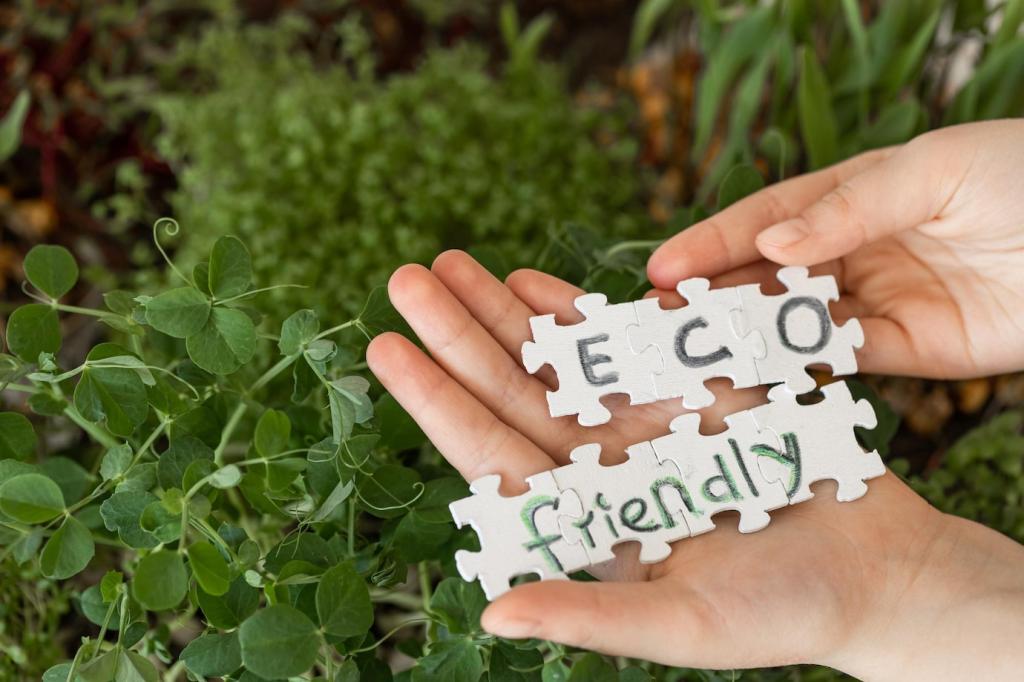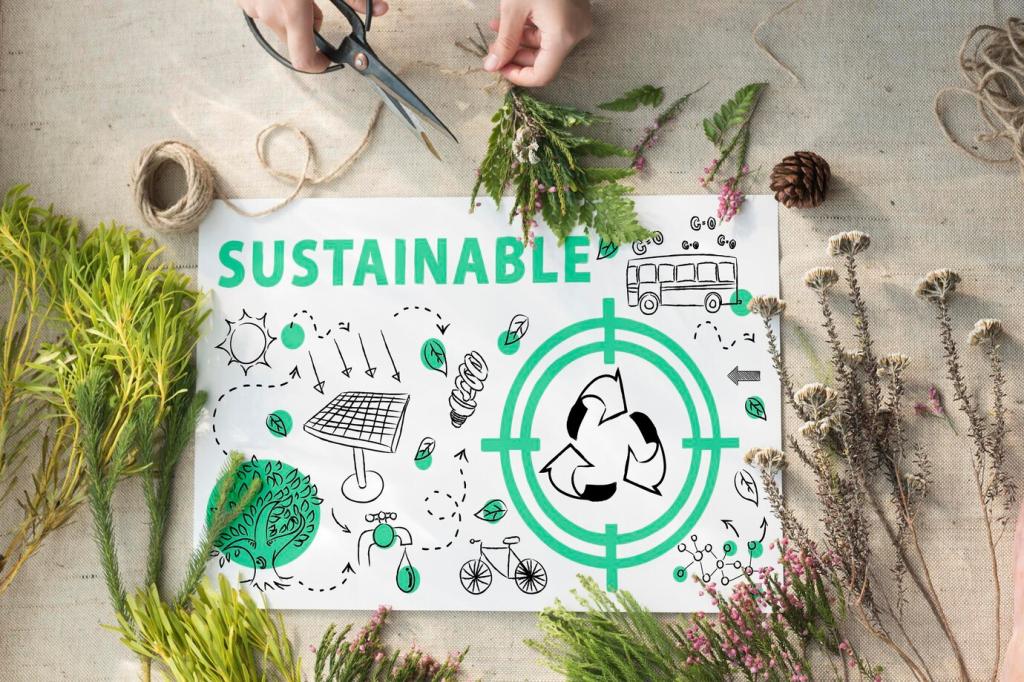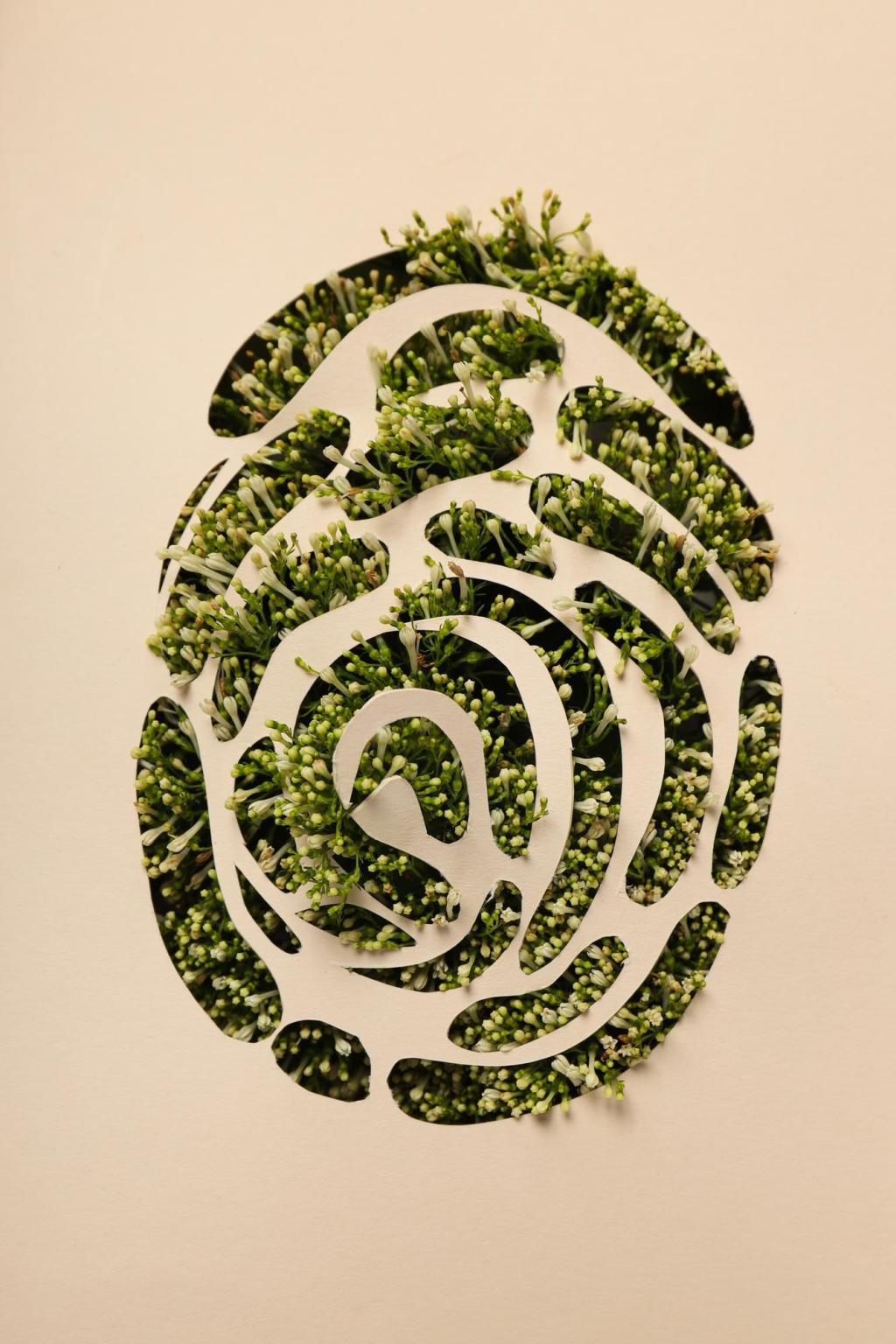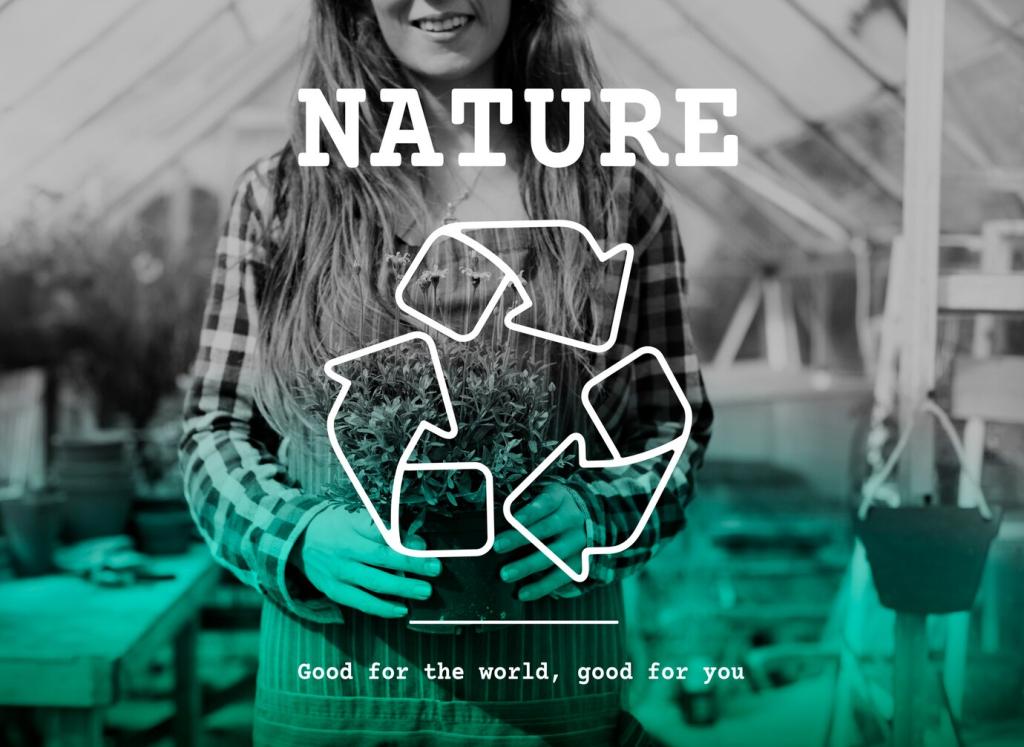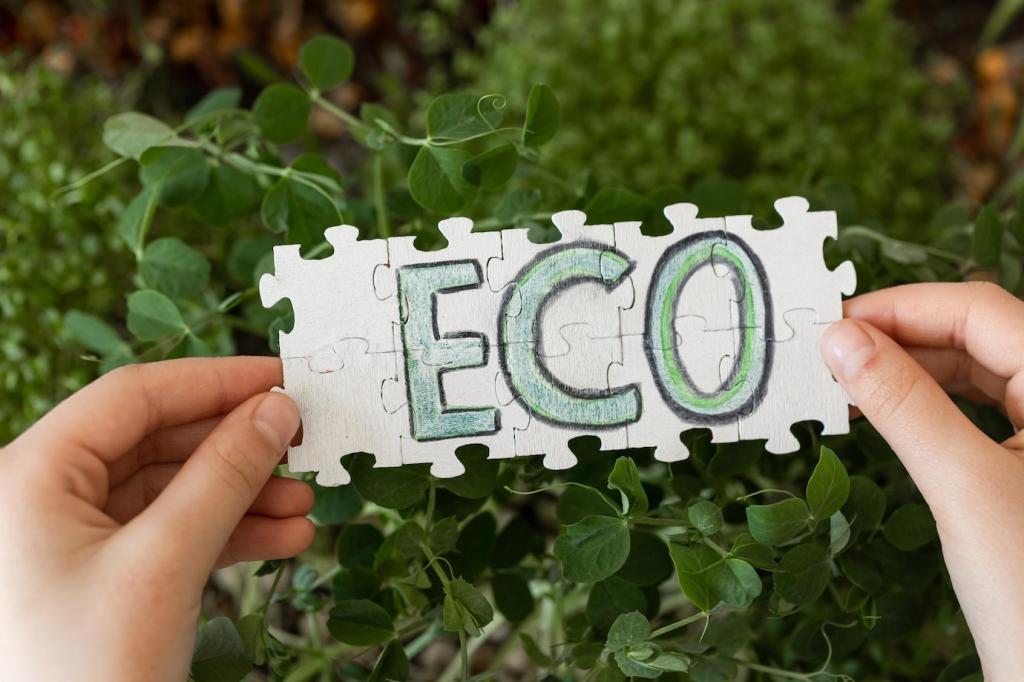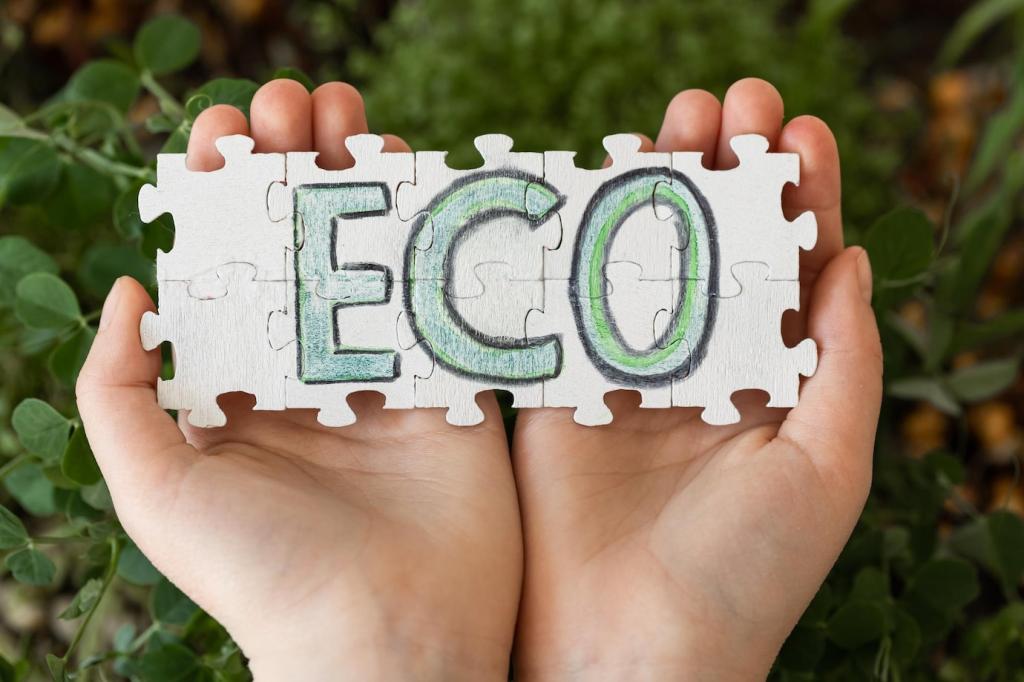Meet the Materials: Natural, Regenerative, and Innovative
Grown without synthetic pesticides, organic cotton can feel softer against skin and kinder to ecosystems. It’s ideal for bedding, slipcovers, and baby-friendly textiles. Seek sturdy twills for sofas, airy muslins for canopies, and knit throws for cozy nooks. Share your organic cotton go-to fabric weight in the comments.
Meet the Materials: Natural, Regenerative, and Innovative
Beloved for its breathability and elegant wrinkled texture, linen tempers summer heat and ages gracefully. Its strength suits drapes, table linens, and accent pillows. Choose heavier weights for upholstery or blend with cotton for softness. If you’ve tried stonewashed linen, tell us how the hand feel compares at home.

